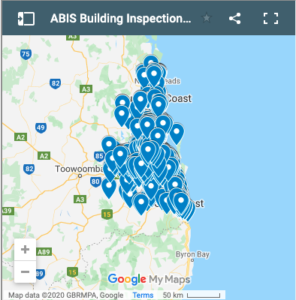Termite identification is based on:
- Alate & soldier characteristics;
- Feeding & nesting habits; and
- Distribution
Soldiers and Identification
- Variation in size and morphology within a species
- Soldiers are the final moult in the worker or wingless line for all termites
- The worker line can have many moults e.g. up to 11 in Coptotermes spp.
- Therefore, soldiers may differ in size within and between colonies of a species.
- Size of soldiers and workers changes with colony age
- Young colonies have smaller termites
- Complicates identification
- Once it has been confirmed, this may help to estimate the age and the likely size of the colony.
Soldier and worker size
If an infestation has small soldiers and workers, then colony probably young. Young colonies generally smaller = fewer mouths to feed, fewer feeding sites. Slower consumption rates?
- If large termites, then colony is likely to be old. If old, then colony usually larger
- Also if old colony, then why infest property now? Change in other food sources? Trees or other timber removed, neighbouring properties treated?
- History of property and environs important






